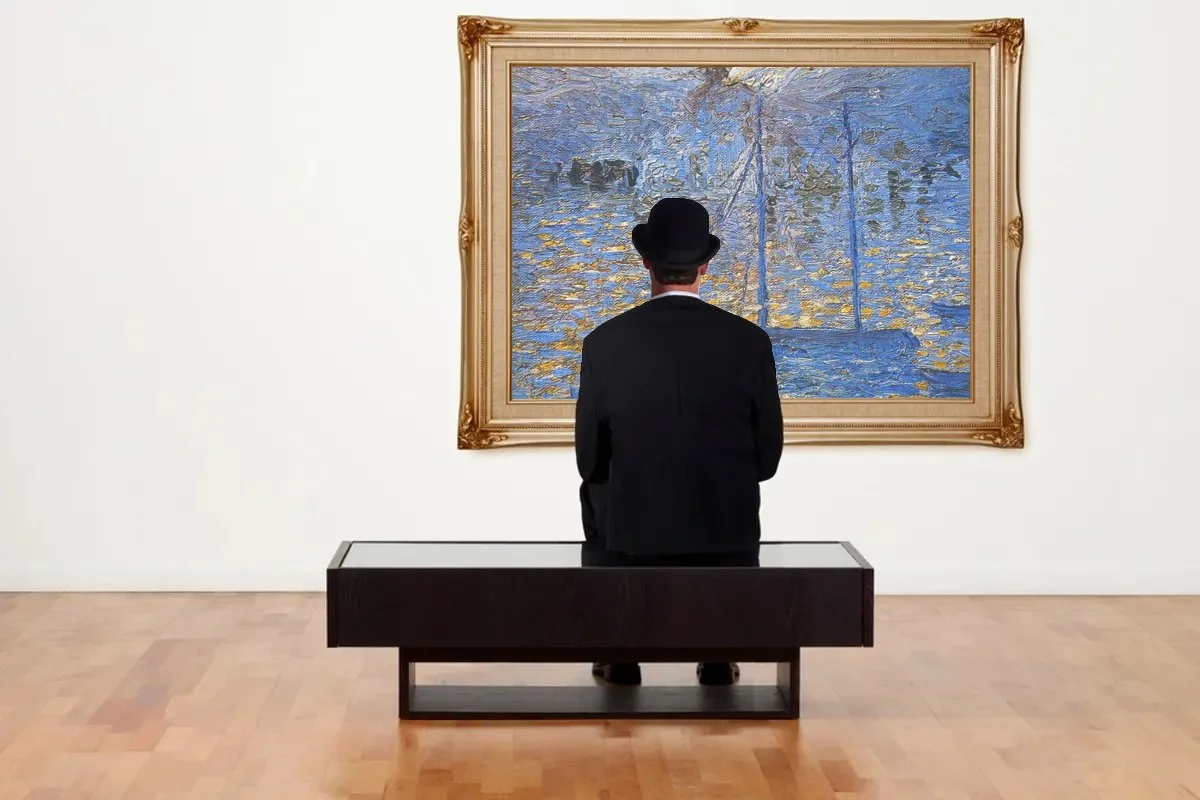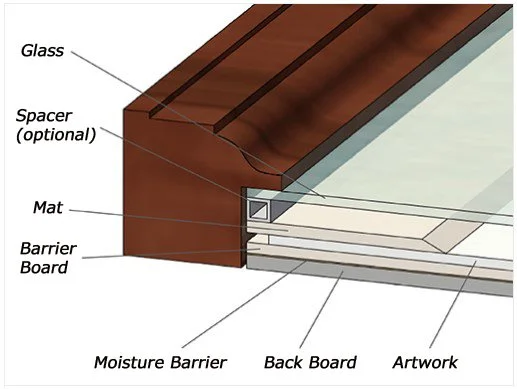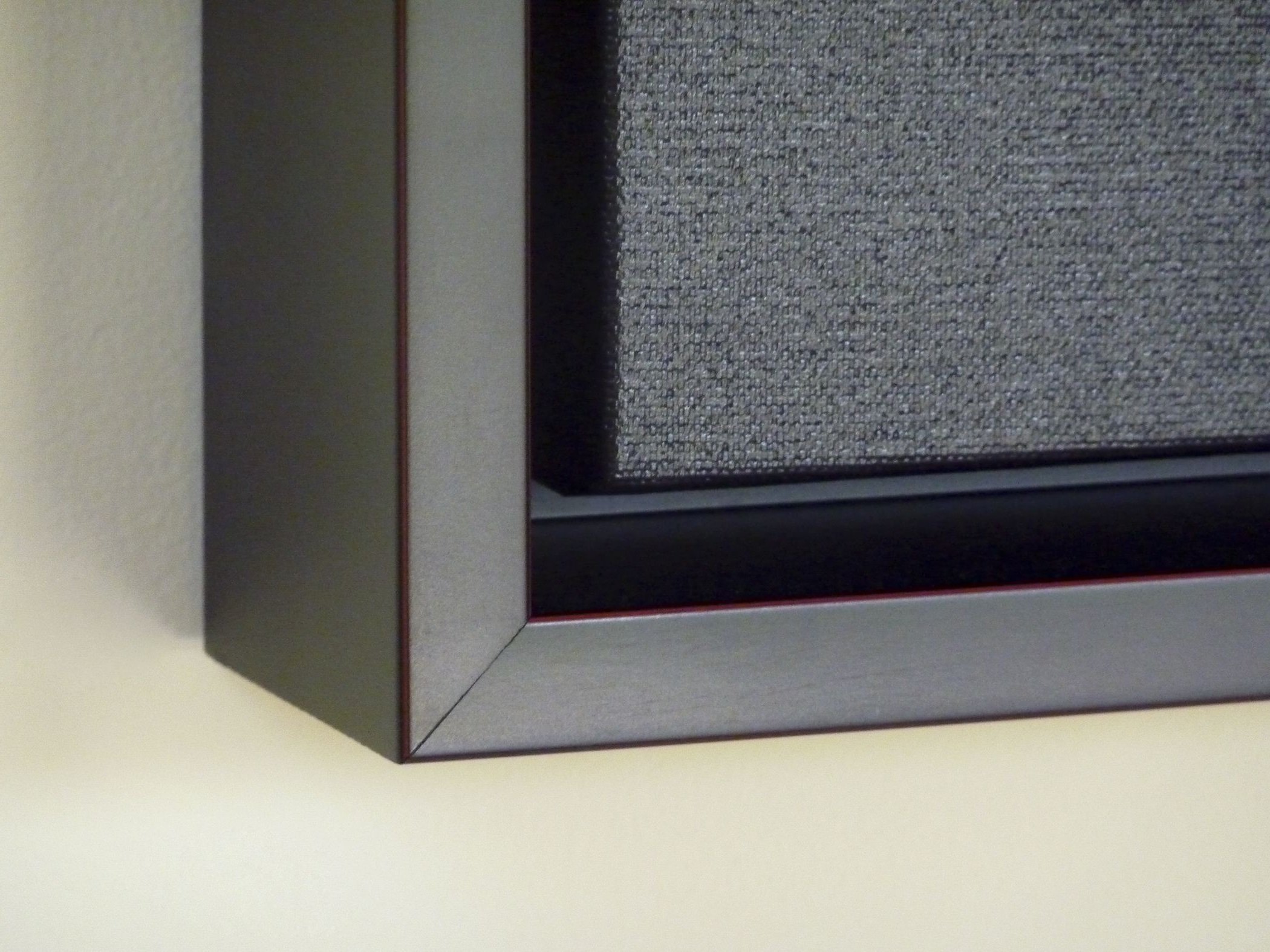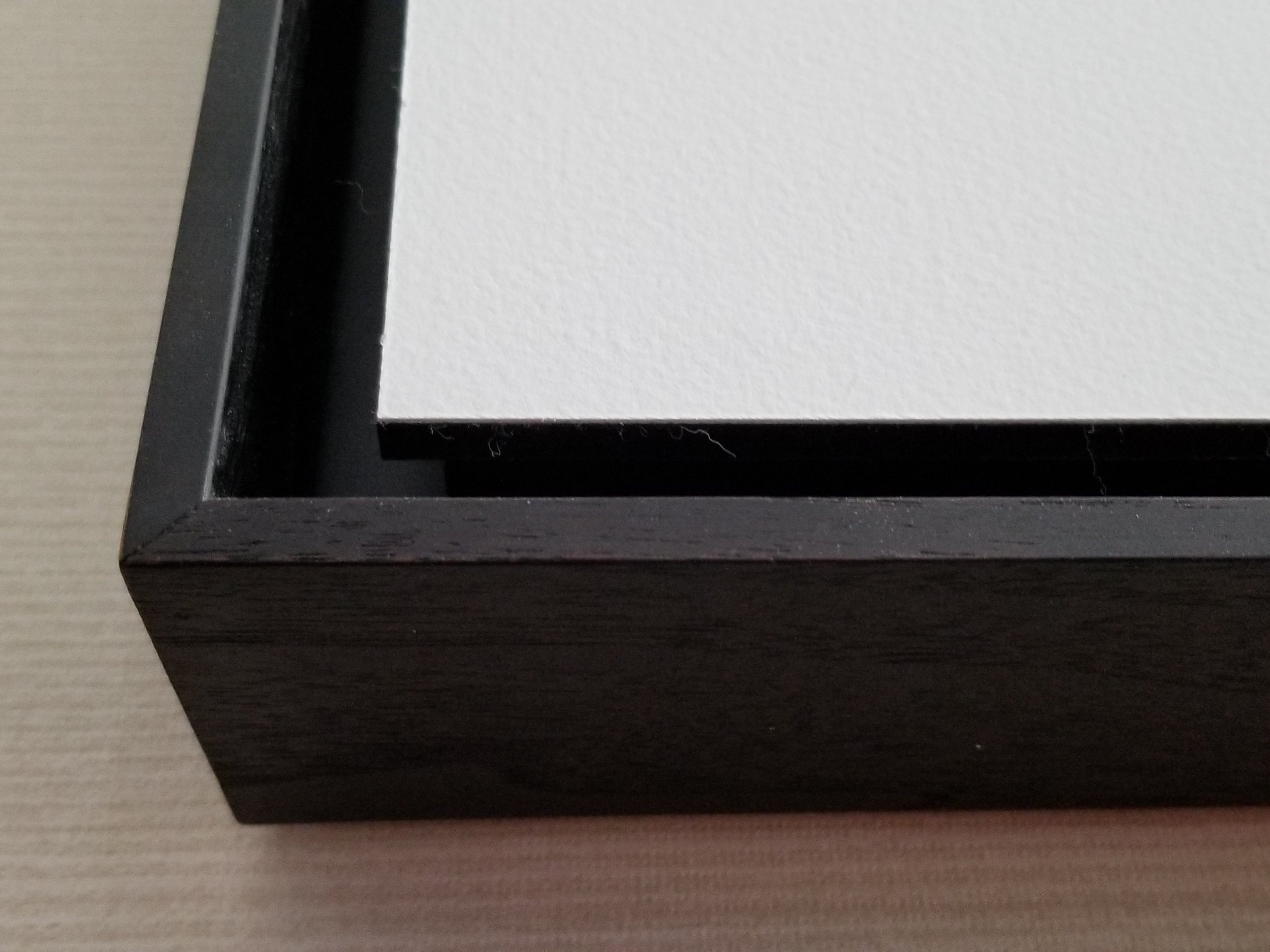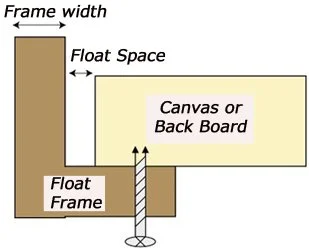Art Framing Options
Hypothetically framed image of Salvador Dali’s Moonlit Night
You’ve just found the perfect piece to hang on your wall, then the dilemma hits… How should it be framed? Leaving aside style choices in frames, let’s explore how pieces are best framed for conservation based on the medium. Considering conservation first will ultimately yield years of enjoyment of your artwork. Standard options include framing under glass, open framing, and float framing with variations within those options. The best framing choice will largely depend on whether the work is an oil, acrylic, or watercolor painting; whether it is a drawing, photograph, or digital print; and whether it is on canvas or paper.
Paintings:
Oil paintings are rarely framed under glass unless they are older, exceedingly valuable, and/or vulnerable to damage. The main reason for this is that it can take years for the oil to dry, fully oxidize and cure. If placed under glass before fully dry, moisture can form on the canvas degrading the artwork. Water and moisture are never friends to finished art on canvas or paper! Oil paintings may be varnished only after fully cured, which takes between 6 months and 2 years after completion depending on the thickness of the paint, as premature varnishing will lead to cracking of the oil below as it continues drying. The best framing options for a newer oil painting, whether varnished or unvarnished, are open frames and float frames. Should you choose to place a fully cured oil painting under glass, absolutely make sure your framer adds a spacer between glass and canvas for the painting to breathe.
Acrylic paintings dry quite quickly by way of evaporation as the paints are water-based. Because of this chemical composition, acrylic paintings are susceptible to expanding and contracting with temperature changes and to absorbing moisture and dirt in humid conditions. Expansion and contraction will lead to cracks in the paint, so it is important to display your work away from direct sunlight or exposure to temperature and/or humidity changes. Given proper display, acrylic is the most versatile medium in terms of framing, with all the basic options being viable choices. As with oil paintings, the same precaution of using a spacer between canvas and glass should be exercised, though it is safe to frame an acrylic painting under glass very soon after completion if that is your preference. Acrylic paintings on paper should be mounted with a moisture barrier and back board whether framed under glass or open framed.
Artworks on Paper:
Watercolors, drawings, photographs, and digital prints on paper are most often framed under glass due to the paper’s fragility and propensity to warp. Whether by means of a mat and/or a spacer, the work itself should never come in direct contact with the glass. While it can add significantly to the overall cost of framing, we highly recommend using museum glass which is both UV protective and anti-reflective. Museum glass will protect your art from light damage and allow absolute clarity of viewing from any angle. Another option for works on paper is to have them mounted to a rigid substrate for float framing or frameless display. These presentations can be stunning for contemporary works displayed in a minimalist setting. Do beware, however, that mounting a work to a substrate is an irreversible decision.
To get a sense of how the various framing options look and function, scroll through the image gallery below. Click on individual images for more detailed information. Familiarize yourself with these basic framing options, then get ready to continue on to our upcoming blog post covering displaying/hanging options.
